Juan Brenner is Photographer and independent art director, lives and works in Guatemala City.
Between 1999 and 2007 he lived in New York where he works as a fashion photographer. His images have been published in international magazines such as Nylon, People, Oyster, L’Uomo Vogue and Anthem among others. He is a founding member of Proyectos Ultravioleta. In the middle of 2017 his project MACÚ (in collaboration with Byron Marmol) is curated in the book CLAP, 15 years of the best books of Latin American photography published by 10X10 Books in New York. His work is part of collections in Belgium, Japan, Australia, Italy, the United States, Colombia and Sweden, and his photographic publications (MACÚ 1, MACÚ 2 and Tetano) are part of the permanent library of the MOMA, Smithsonian Institute and the TATE collection.
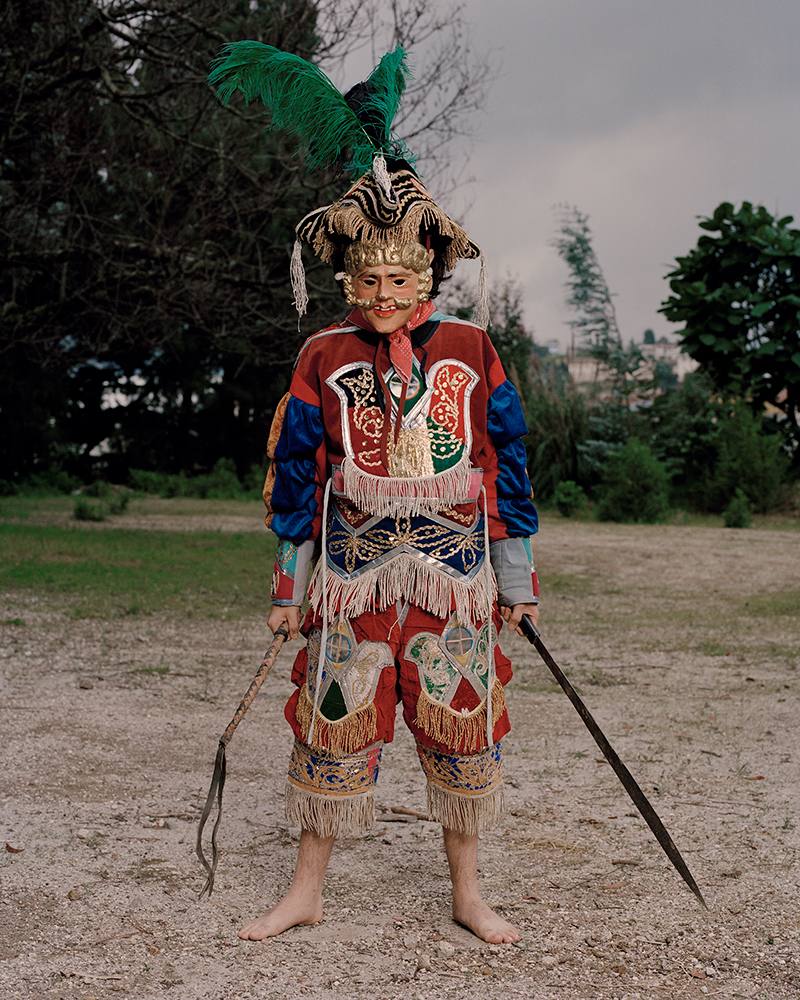

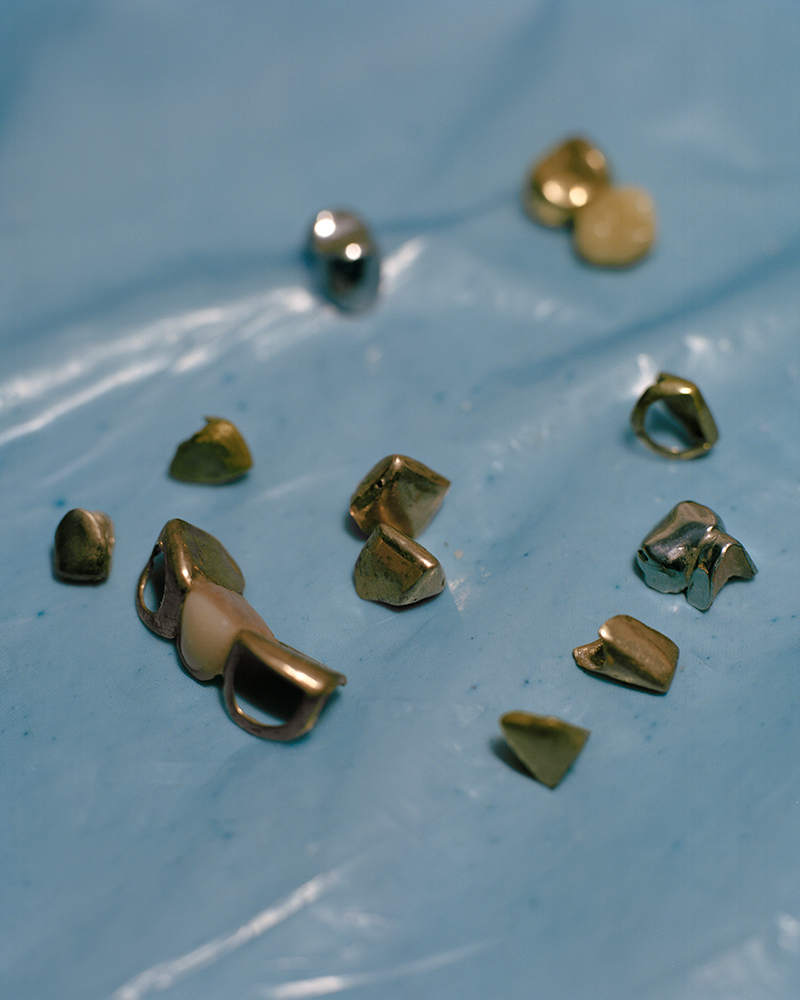
TONATIUH (the son of the sun)
SHORT INTRO:
These are 15 images from the project I’ve been working on for the past year, what will become my first book, hopefully published in May of next year. A series of images that analyze the repercussions of how this land (Guatemala) was conquered and colonized; also the inevitable scars of almost 500 years of disadvantage and unfair conditions, the Guatemalan highlands and their immense beauty are the perfect stage for my investigation and a series of trips searching for situations that create a personal connection with the neglected reality of our society.
TONATIUH (the son of the sun)
I sent word to the city of Guatemala (Iximché), which is ten leagues from us (Utatlán), to tell them and require them to send war people to me, so that they would know of their will to terrorize the land
-Pedro de Alvarado in his first letter to Hernán Cortés, February 1524
Don Pedro de Alvarado crossing the Suchiate River (now the border between Mexico and Guatemala) almost 500 years ago, is a conceptual and historical breakthrough that continues today, minute by minute to dictate the way our society moves, more and more liquid and malleable; but still tinged with the colors of the Conquest.
The journey of the illustrious through the new territory leaves a trail of chaos (controlled), fear and novelty that orchestrates perfectly between the volatile and unbalanced relationship between the 3 large and strong local reigns (Quiché, Kaqchickel and Tzutujil) [1]; Alvarado as a natural strategist and aware of its great advantages, uses the technological and “non-secular” holes that blind the locals and leave them in horrible vulnerability.
However, his insatiable need for gold and adventure put him in a state of disorientation and constant alertness, misplaced and in an unknown place, suffers over the years immersed in uncontrollable situations, evoking landscapes and apparently common spaces. The human factor as an almost ethyl ingredient finishes molding a story that is painted as a comic book, sometimes of terror, sometimes of progress; always uncertain.
The “metal” is never to be found, there are no palaces full of gold up to the conquerors waist as in Tenochtitlán, there is no royalty and the wealth of quetzal feathers and jade [2] bores and enervates him, forcing Alvarado to leave. Never here (geographically) [3] but always present in the fears of the conquered; Alvarado never found what he fought for, what he killed for and what changed the history of the new land.
It is said that few characters in this continent have been so powerful and have shaped history so abruptly, stigmas such as corruption and impunity, as well as intimidation and shameless rejection of the law, hallmarks of Guatemala to this day, have a fertile progenitor in Alvarado. [4]
These images were gestated knowing the outcome, direct images of an author unable to take distance between the objective and the emotional.
Awareness came with time, to start shooting Alvarado’s journey as an initial guide [5], always seeking harmony between the opposing forces of form and symbolism, between the beautiful and the ugly, between the logical and the absurd. Guatemala is absurd, it is simple, but alarmingly contradictory, and the roots of this color were without a doubt the way in which the rules were imposed, this is not a speech of complaint, during my investigation I learned that the Quichés, 75 years earlier Upon the arrival of Alvarado, executed the genocide of possibly 300,000 members of the Mam community in the Olintepeque Valley, the same scene of the barbarism of the second (the bloodiest) battle of the Conquest of Guatemala. [6]
I go around what we had, what we have, what we could have and what we deserve as a society. I look for new concepts stuck in the throat of the native, division of land, the pernicious aspects of the clash of cultures, languages, new techniques of agriculture, domestication of previously unknown beasts wich back then, were seen as mythological monsters, rivers that give life and that were stained with blood [7], faces and skin eaten away by the sun, tired eyes, gold teeth that honor the little Mayan we have left [8], black magic and death, lots of death.
These images compose a story where I do not necessarily suggest a plot line from the first to the last photograph but, rather than establishing a univocal narrative, I intend to invite an experience; an aesthetic adventure served with a little of grotesque spice, the dark and the hidden; blatant syncretism, abuse of the animal kingdom and a conscious abandonment of reality, make this amusement park [9] that is Latin America, the conquered, the squeezed; keep afloat, do not sink.
[1] One of the most important features of the land today known as Guatemala was its large population, it is said that before the Conquest the population of the three great kingdoms amounted to more than one million people.
[2] Alvarado is offered these land and is described (by the tlaxcalecas) as land of great wealth, however they referred to quetzal feathers and jade (originally from the region), which in some of the pre-columbian cultures were more valuable than precious metals.
[3] Alvarado invests very little time in ruling the new conquered lands, his thirst for gold and battle lead him to constant movement and heading south in search of depriving Pizarro (conqueror of Peru) of his treasures, his brother Diego is the one assigned to take charge of the administrative affairs of the new kingdom.
[4] Text taken from the book TERRORIZE THE LAND by de Lovell, Lutz and Kramer.
[5] I went through all the towns Alvarado visited from his entrance to Guatemala, to the coquest / alliance with Iximché, the taking and foundation of this city ends the stage of battles and is symbolic as the moment in which all reigns are subdued, Alvarado continues his path and destroys several smaller towns, en route to what is now El Salvador and Honduras, however no author considers these battles as an essential part of the subjection of the Quiché, Kaqchikel and Tz’utujil peoples.
[6] It is in this same valley that Alvarado and his hosts kill Tecún Uman (Guatemala´s National Hero).
[7] Legend has it that the Zunil River (photographed in 2 images) is stained with the blood of approximately 25 thousand Quiche beheaded and thrown into the water.
[8] The practice of decorate human teeth with gold (nowadays) is almost exclusive to the Guatemalan highlands (context of 95% of the images in the book), however, the roots of this practice can be traced back to the Mayan Pre-Classic period, more than 1000 years before the arrival of the Spaniards.
[9] One of the most significant images of the book, shows the XETULUL amusement park, the grounds where the park is today were the scene of the first battle of the Conquest of Guatemala, in this image we can see a “fake Seville” that It is the prelude to the controversial replica of the Great Jaguar (Temple 1 of Tikal).
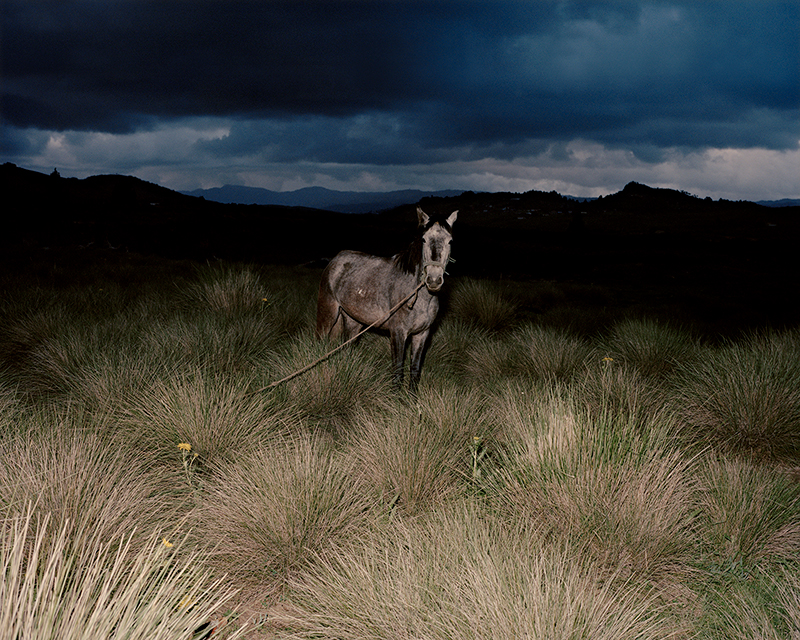
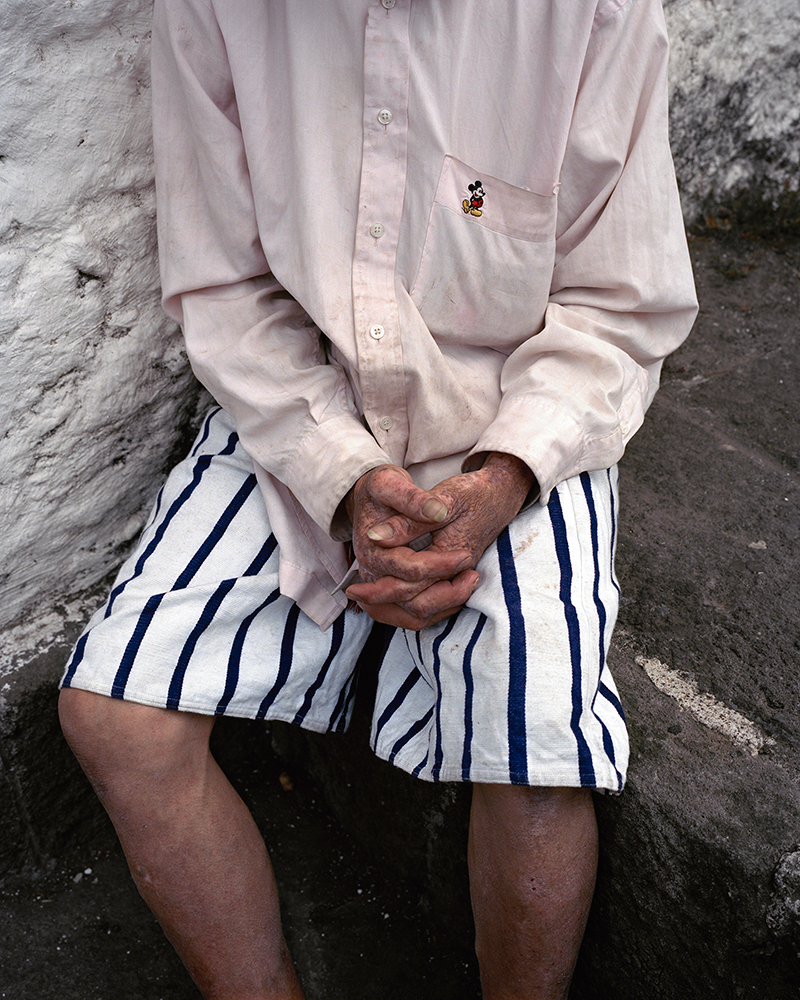

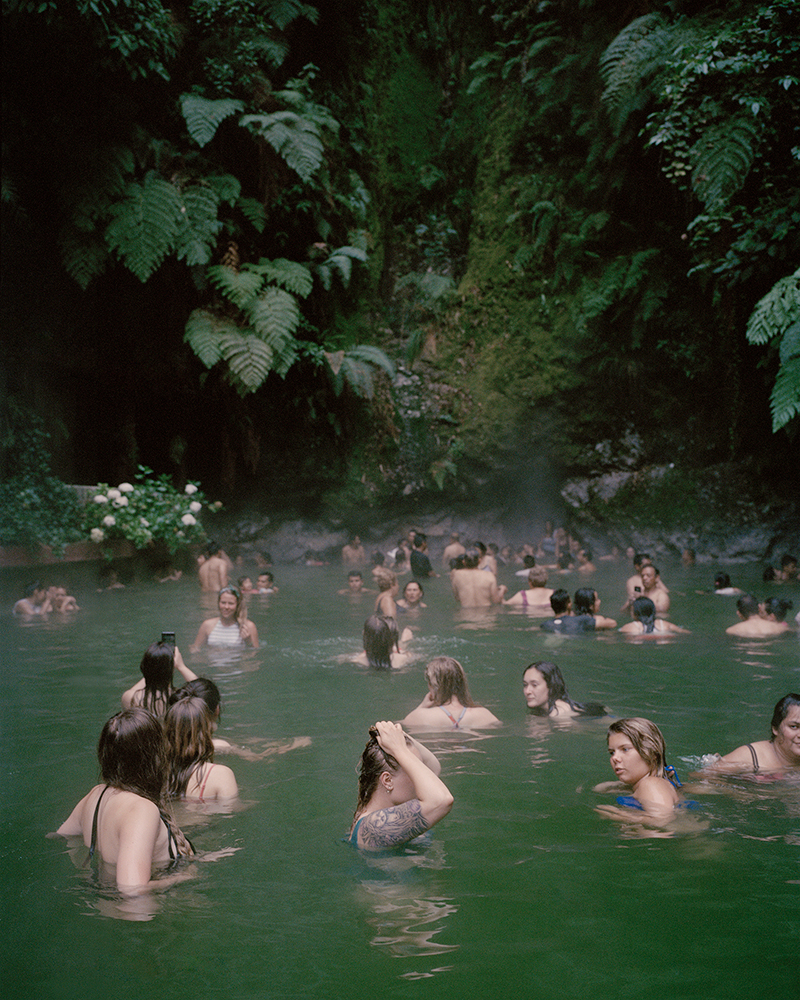
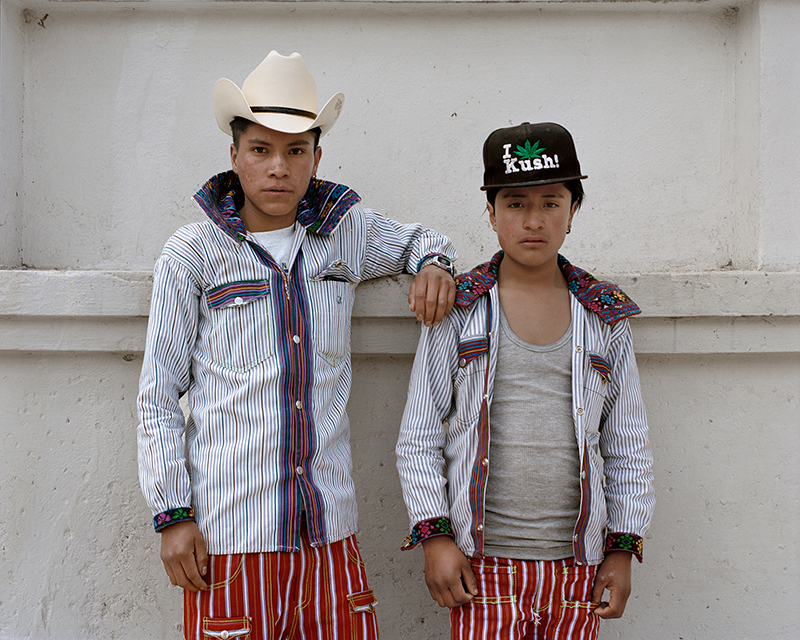
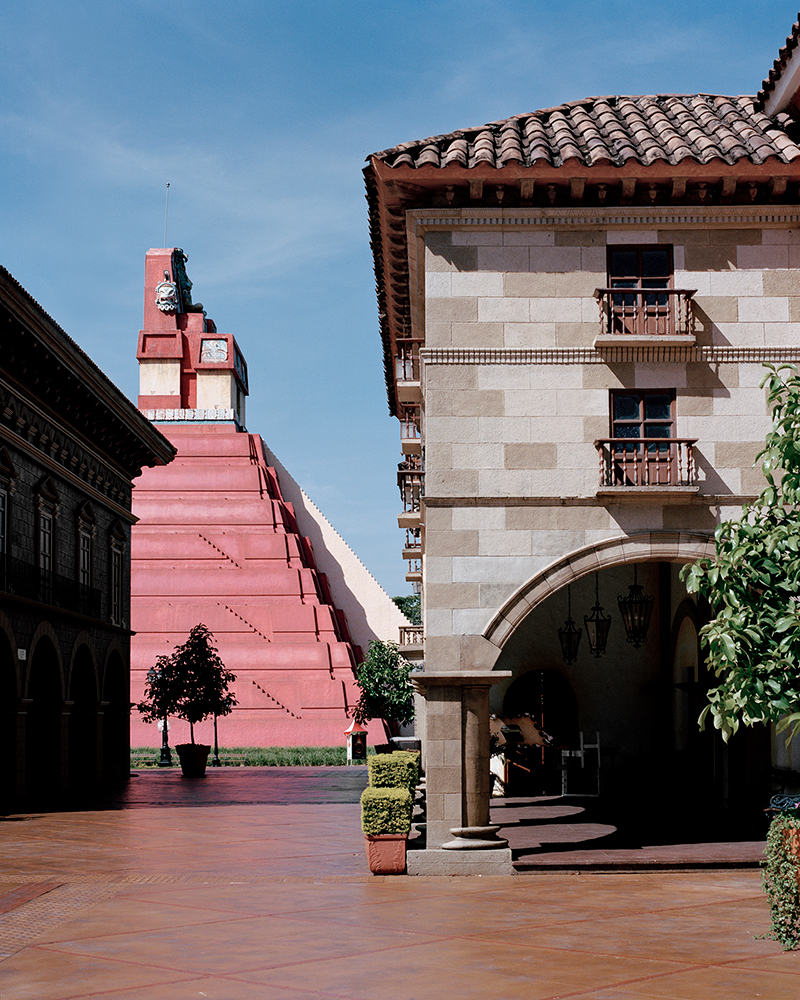

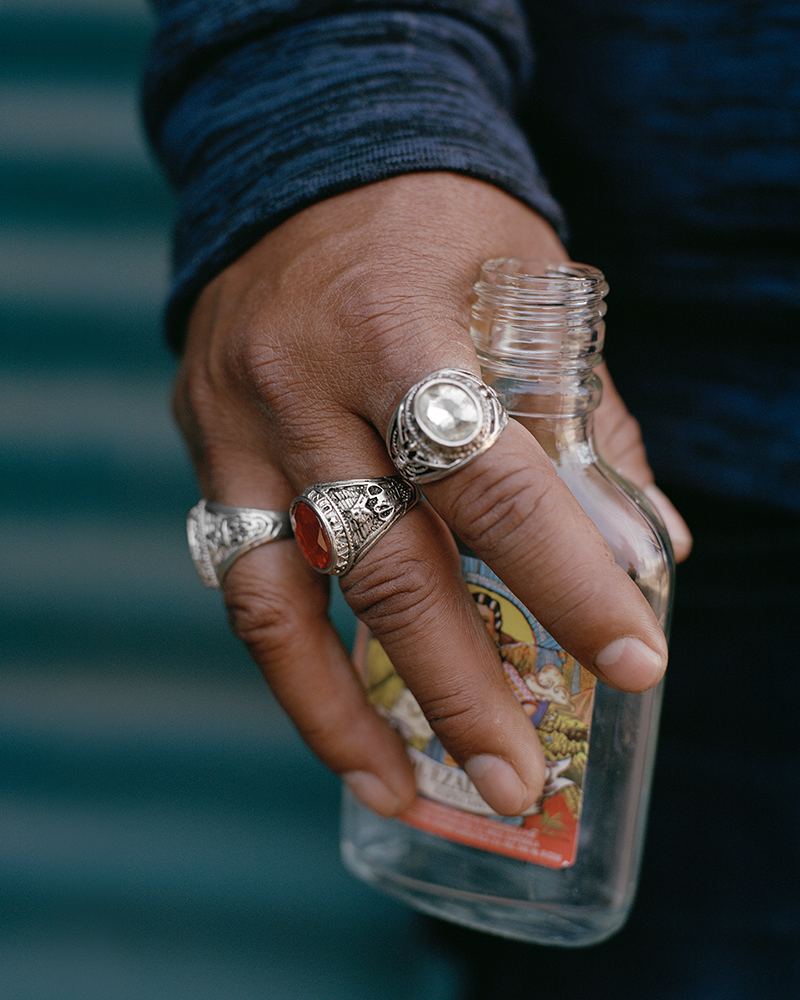
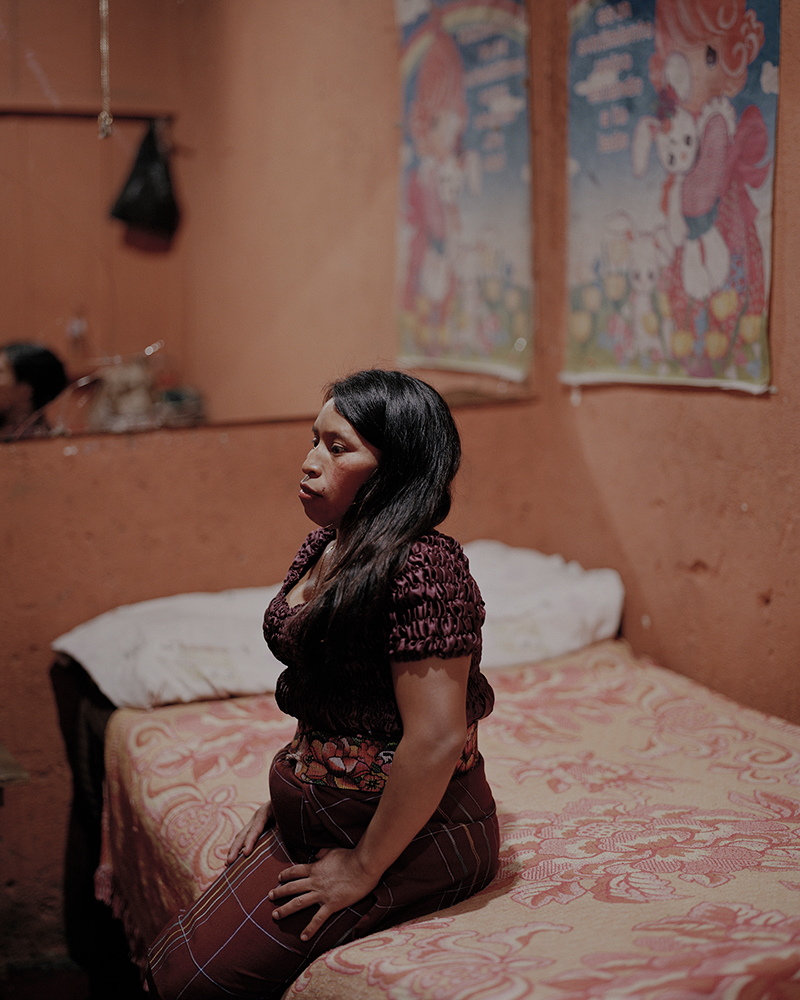

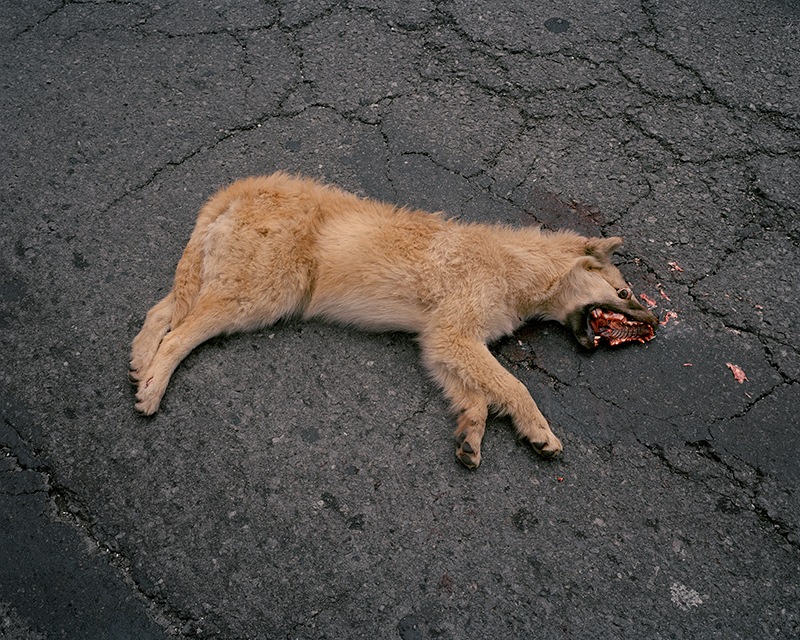
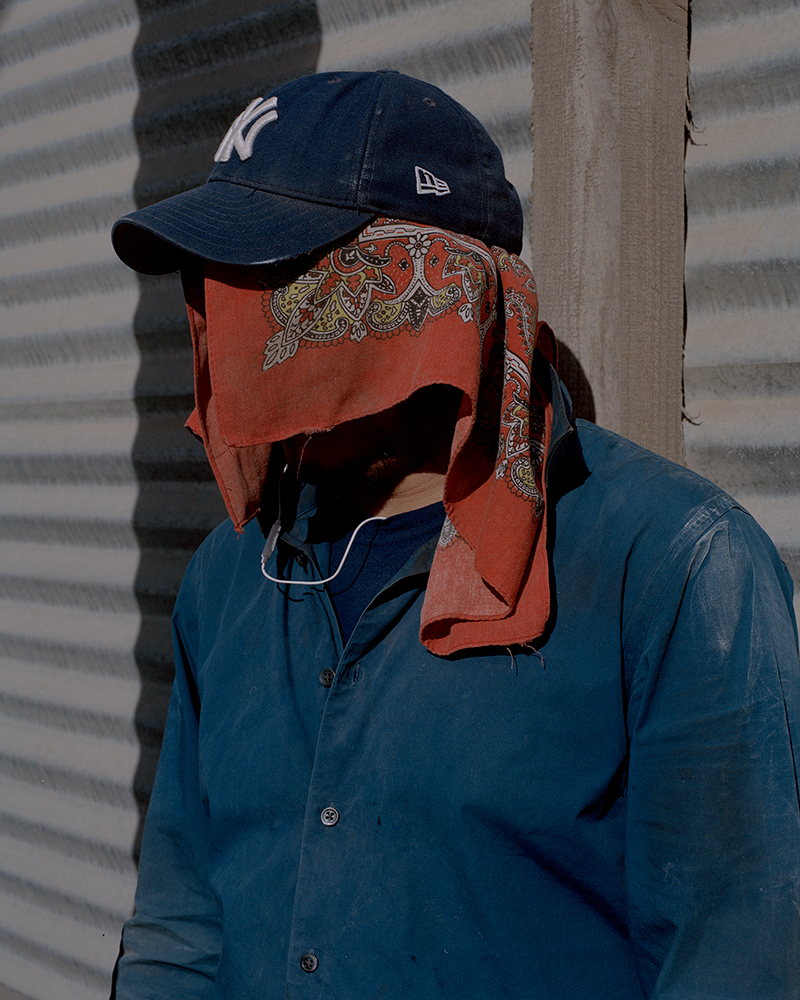
To view more of Juan Brenner’s work please visit his website.